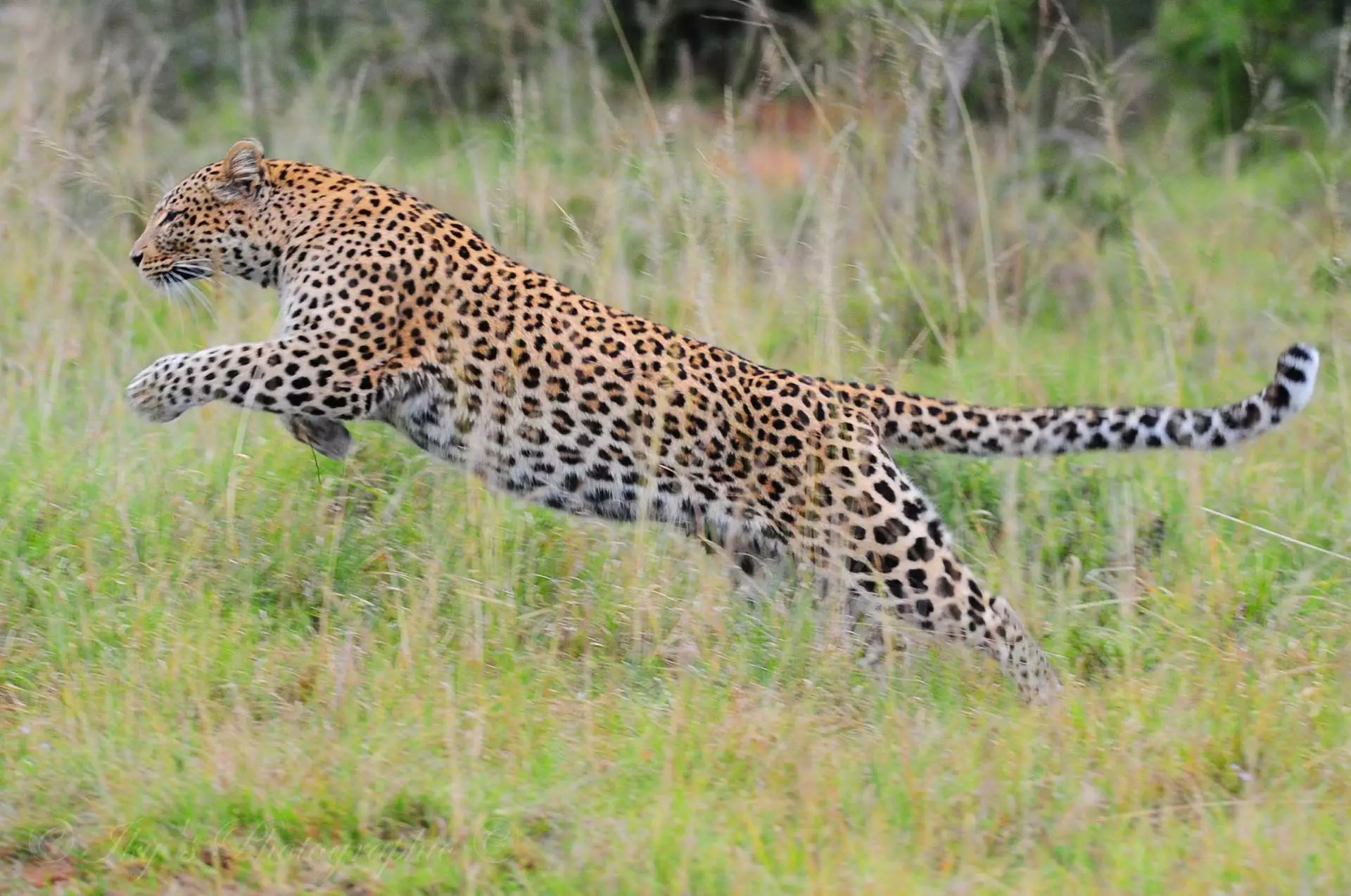Over the past few months there has been a massive change in the lion dynamics on Shamwari Private Game Reserve. The once proud and dominant Southern Pride has now been diminished to only the beautiful lioness with the blue eye, her sister, the sister’s two cubs and on occasion the two sub adult male lions (who are looking particularly handsome). The reason for this change is the official takeover of the two Northern Male lion coalition.
The Northern Males
These two males were brought onto the reserve two years ago in an attempt to spread the genetics of the high and mighty Southern Male. For the past two years the Northern Males spent all the time in the northern reaches of the reserve, establishing their dominance over the Northern Pride, siring cubs with their lionesses and gaining confidence in an area where the Southern Male no longer has the energy to patrol. Although he is in immaculate condition for a male lion of his age, he cannot compete with youth and energy.






